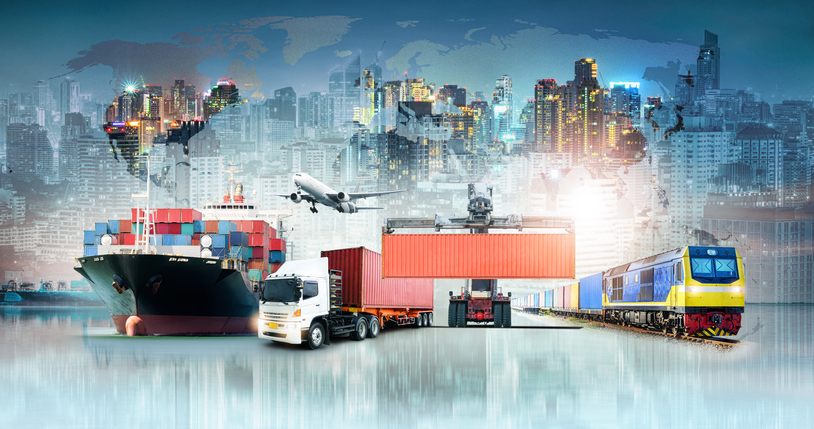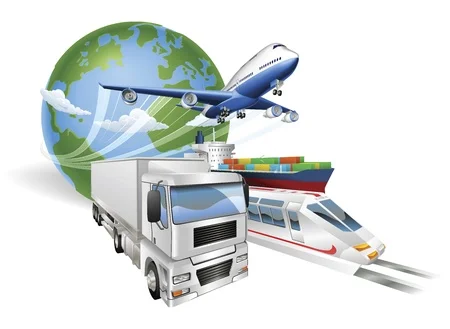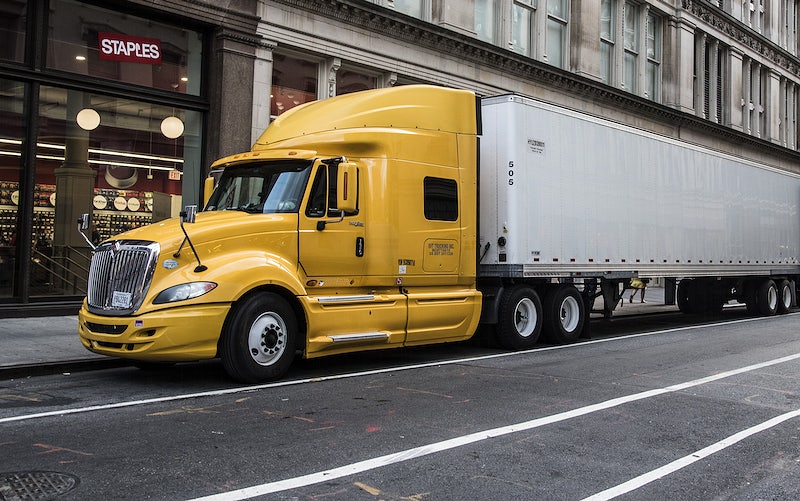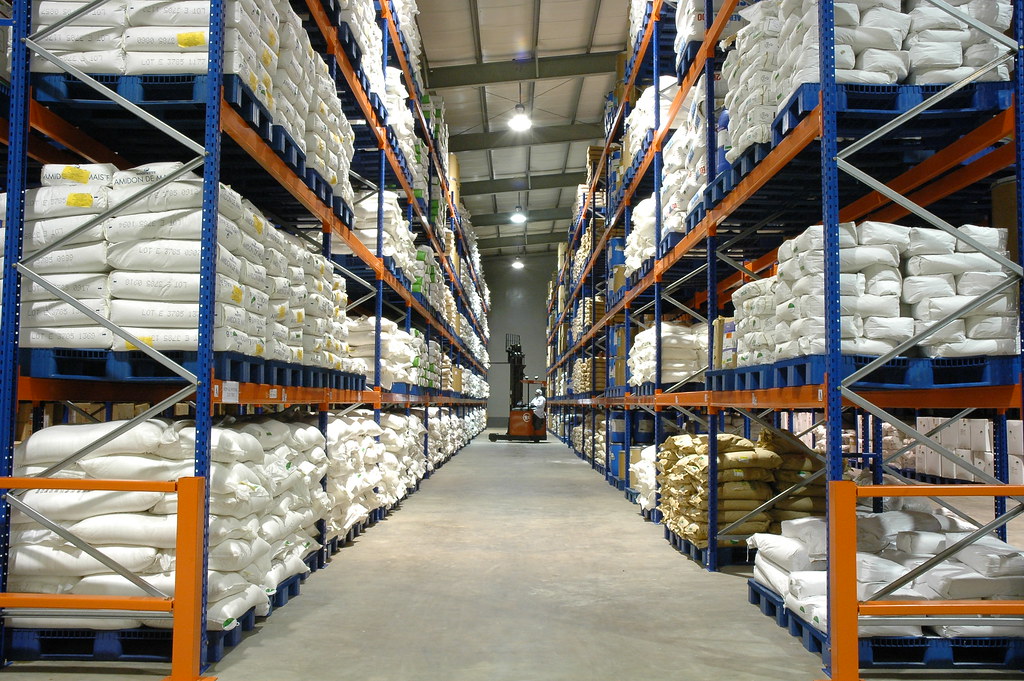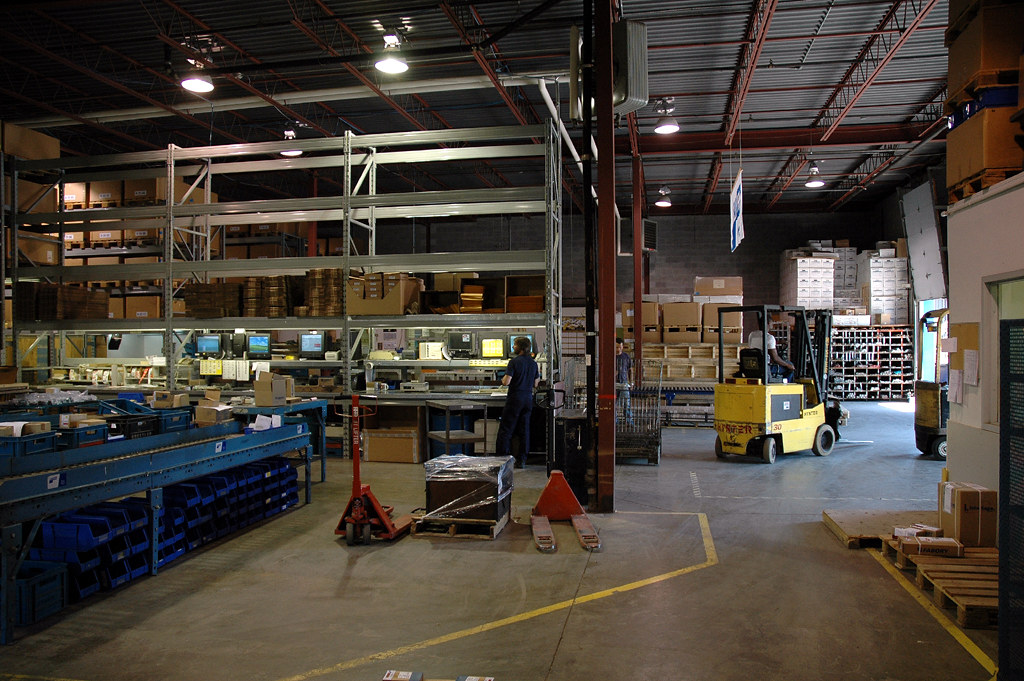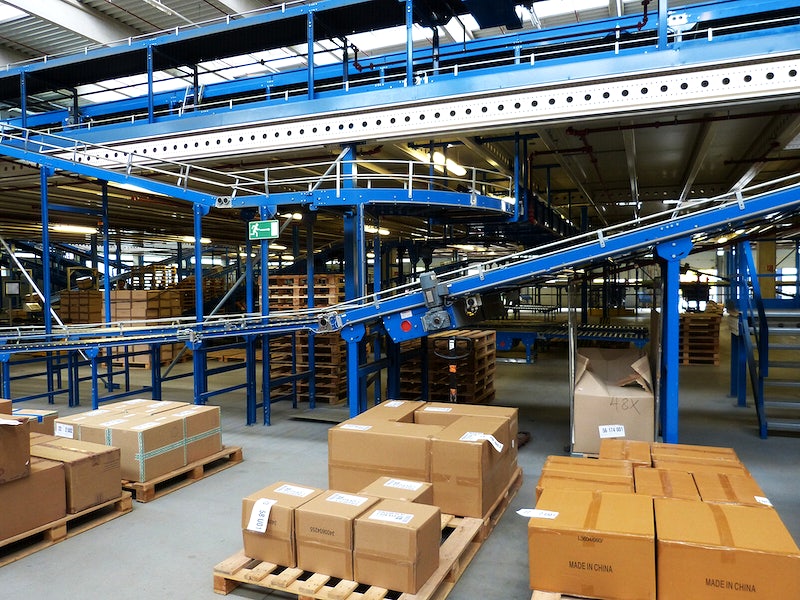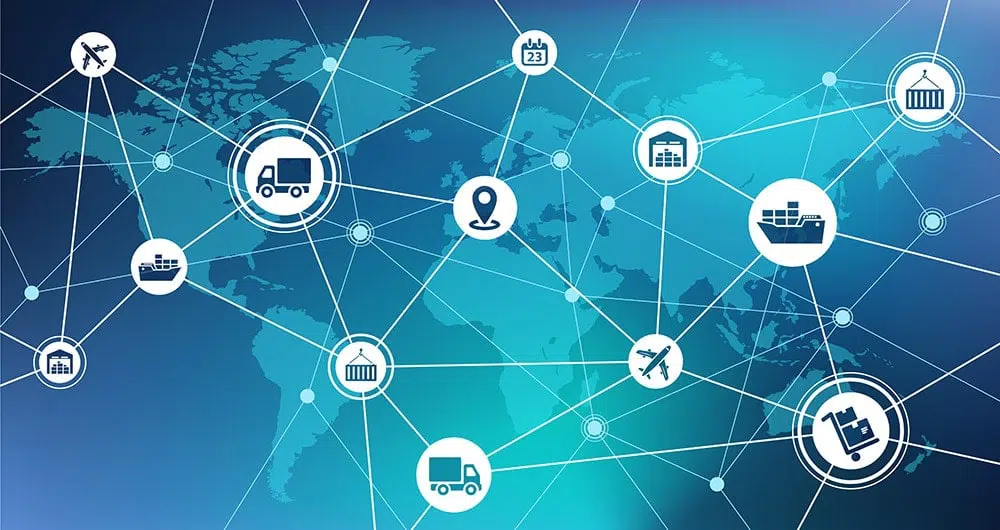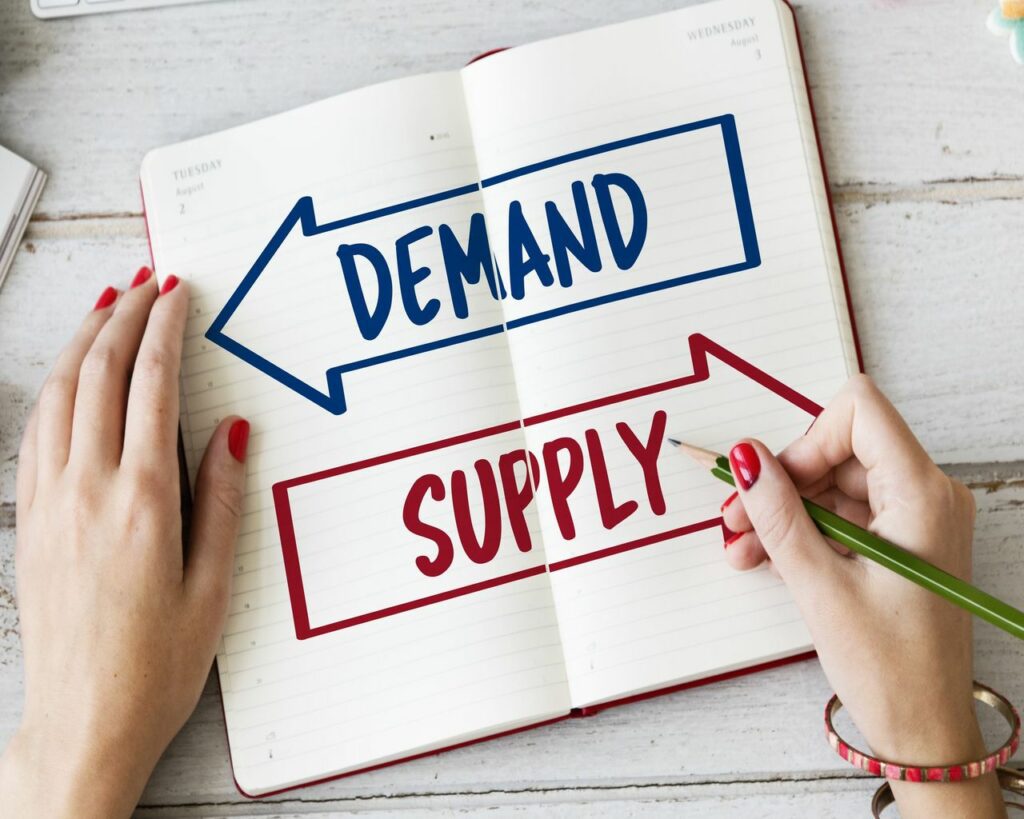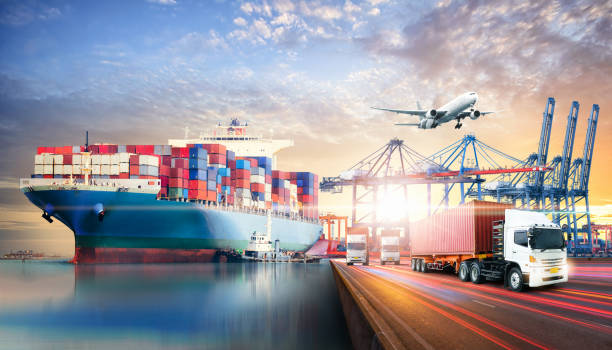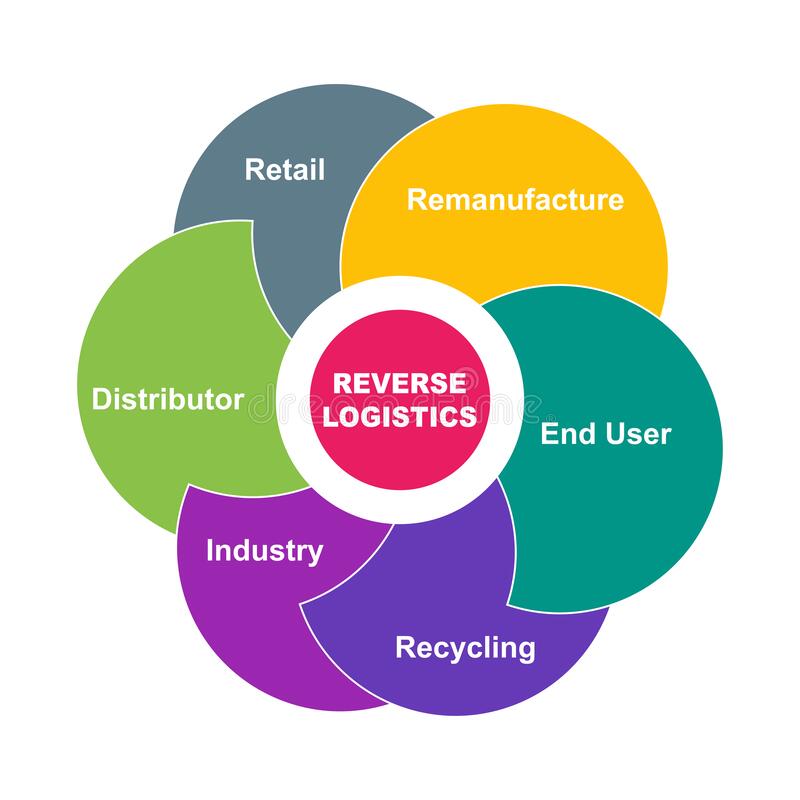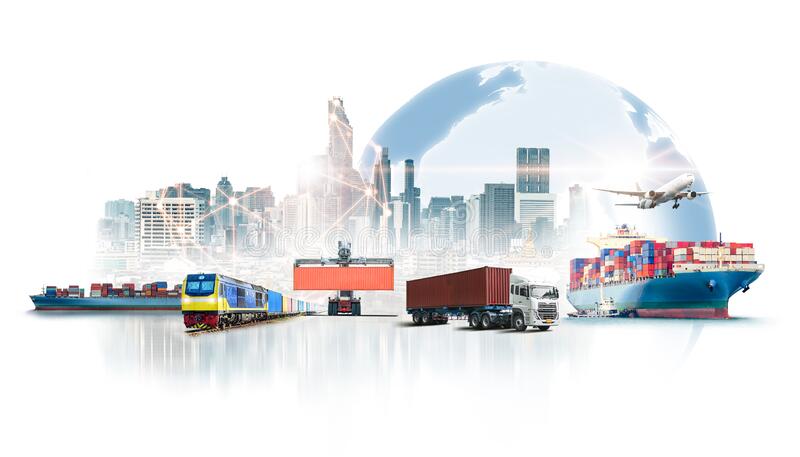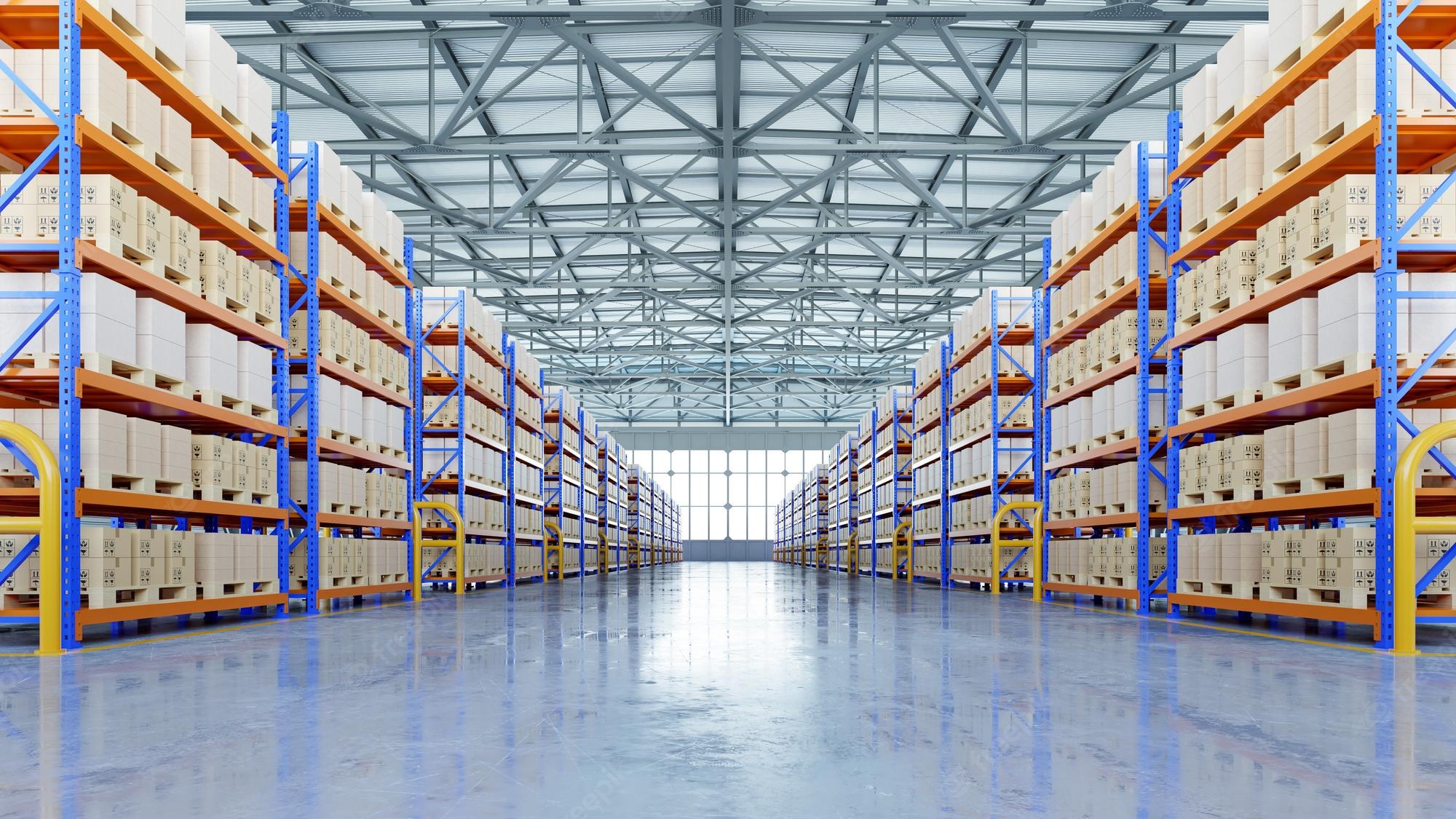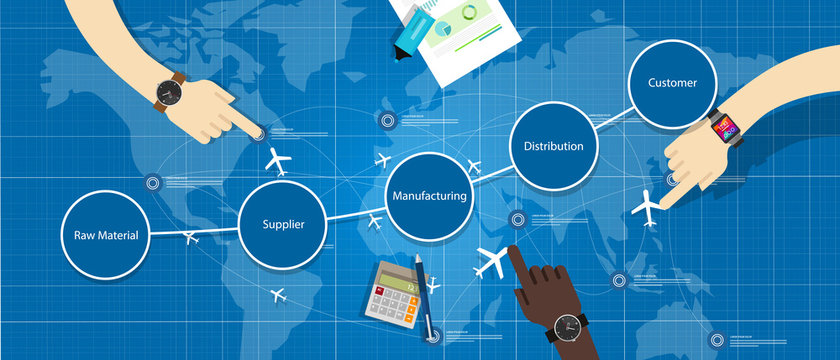If you are wondering what internal logistics is and what role it plays in guaranteeing the supply chain in any company, in this article we will tell you everything you need to know about it.
What is internal logistics?
To answer what internal logistics is, it is necessary to first understand what logistics is in general. We talk about logistics to refer to the set of processes and operations that allow the development of the flow of materials and products throughout the supply chain. For its part, to talk about what internal logistics is is to refer to the part of logistics that takes place within the company itself. In contrast, we speak of external logistics when logistics processes and flows take place outside the company itself.
Both internal logistics and external logistics are two basic logistics concepts and fundamental in the supply chain as a whole. In this way, both are key elements for a company to have comprehensive logistics that fully supports operational processes.
Read also: Outbound Logistics: What Is It and What Is Its Importance?
Importance of internal logistics
Now that we know what internal logistics is, it is worth asking why it is important and how it influences the production process as a whole.
The importance of internal logistics is that it allows the supply of materials and products to all operational units within the production chain of the same company. In other words, the importance of internal logistics lies in the fact that it is what allows the entire production process to function in an orderly and coordinated manner, guaranteeing the internal supply chain and that each of the production phases is carried out avoiding shortages. or bottlenecks in the process.
Elements of internal logistics
There are different elements of internal logistics that can vary within a production chain according to their own characteristics. However, in most cases, we can talk about at least 5 types of internal logistics elements that will always be present in any example:
Technical data: it is the information that must be processed in order to know and manage the internal logistics process.
Personnel: is the set of workers who act to carry out internal processes. For example, the operations manager.
Facilities: it is the space and machinery that allows internal logistics processes to be carried out. This includes, for example, everything related to warehouse and logistics.
Training: includes all the training of personnel that trains them to carry out their work efficiently.
Computer resources: it is the set of software that allows the management of technical data. That is, logistics information systems.
Internal logistics activities
Internal logistics activities are varied and, according to each production process and company, they can vary and adapt to specific conditions. However, there are 3 internal logistics activities that will always be present in any case:
Warehouse management: refers to everything related to storage logistics.
Coordination of information flows: it is one of the essential activities, and is usually carried out by the logistics coordinator.
Internal transport of materials and products: the internal transport of materials and products is what allows all the elements of the production chain to work efficiently and in coordination with each other, and constitutes one of the main objectives of logistics.
Examples of internal and external logistics
You can find various examples of internal and external logistics that help to understand the functions of each of them and their differences:
Example of internal logistics
One of the easiest examples of internal logistics to understand is the need to transport materials from one place to another within the production space. For example, the transport that is carried out of the materials throughout the transformation process that allows them to be manufactured for their subsequent sale.
On the other hand, once products have been manufactured, they need to be stored until they are shipped and distributed to buyers. This storage process is also one of the best examples of internal logistics that all companies dedicated to the production of consumer goods must carry out.
Example of external logistics
When it comes to talking about examples of external logistics, we can find them both before and after the materials are transformed at the production site. For example, the supply of raw materials for a factory is an external logistics task. However, when raw materials have been transformed and turned into manufactured products and leave the factory to be distributed and sold, we are also facing one of the main examples of external logistics.
These examples of internal and external logistics are common to most companies, since they are particularly general and necessary in any production chain and subsequent supply to consumers.


